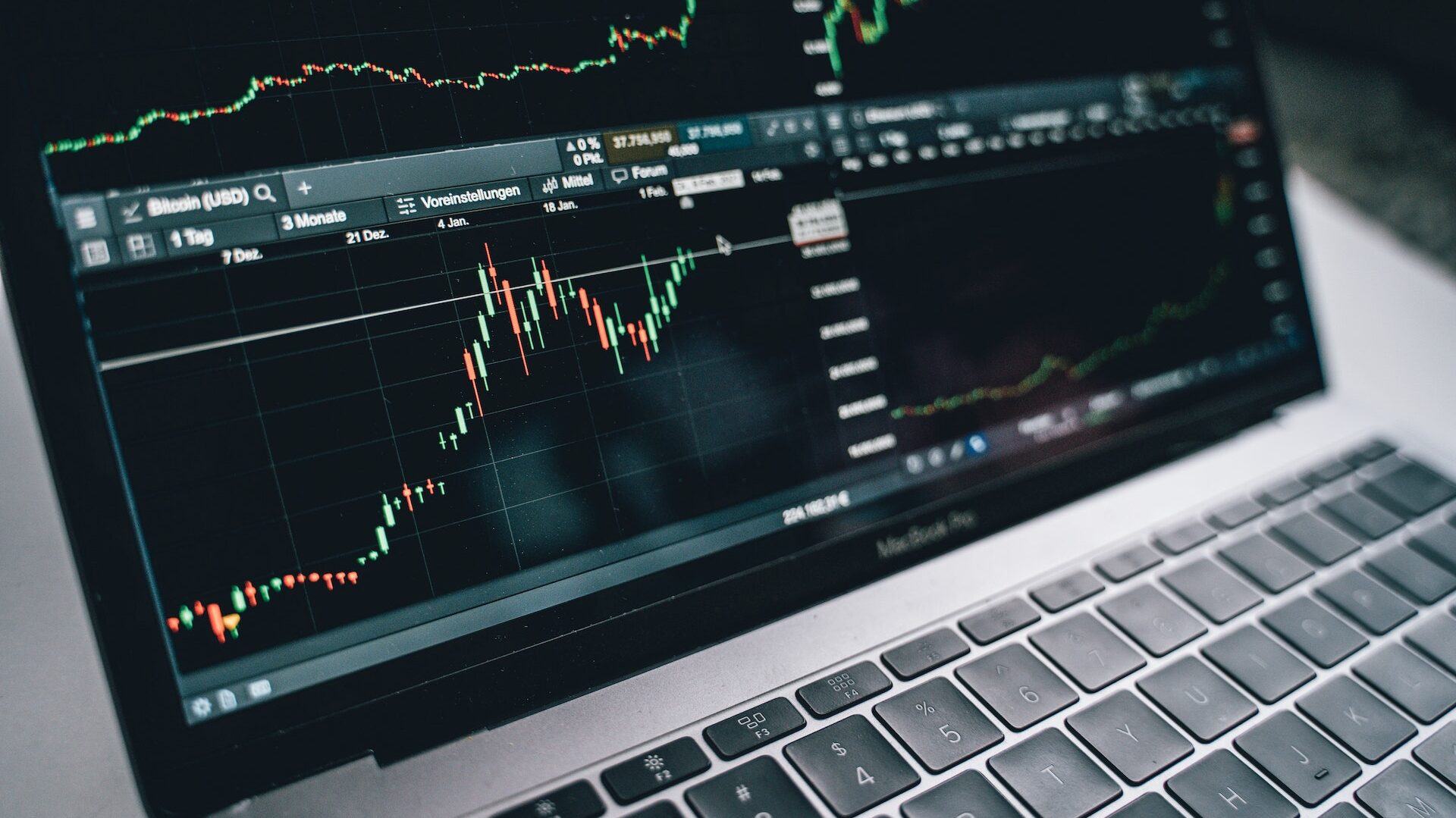How The Fed’s Quantitative Easing Policies are Leading to Higher Energy Prices

The Federal Reserve, also known as the Fed, is the central bank of the United States. One of its main responsibilities is to implement monetary policy, which involves setting the supply of money in the economy. One way the Fed can increase the money supply is by printing more money.
Since the global financial crisis of 2008, the Fed has been implementing a policy known as quantitative easing (QE). This involves buying securities, such as Treasury bonds and mortgage-backed securities, from banks using newly printed money. The goal of QE is to lower long-term interest rates and stimulate economic activity by making it easier for people and businesses to borrow money.
However, printing more money can also have negative consequences. When the money supply increases faster than the supply of goods and services in the economy, it can lead to high inflation. Inflation is an increase in the general price level of goods and services in an economy over a period of time. When prices rise, each unit of currency buys fewer goods and services; consequently, inflation reflects a reduction in the purchasing power of money.
The Fed’s QE policies have been a controversial topic, with some arguing that they have contributed to high inflation in recent years. While the Fed has maintained that its QE programs have been necessary to support the economy during times of crisis, others have argued that they have been too aggressive and have led to an excessive increase in the money supply, resulting in higher prices and a decrease in the value of money.
There is an ongoing debate about the long-term effects of the Fed’s QE policies on inflation. Some experts believe that the Fed’s measures have been necessary to prevent a deeper economic downturn, while others argue that they have contributed to a cycle of high inflation and rising asset prices that may not be sustainable in the long run.
So how might high inflation affect energy prices in the future? Energy prices, like other prices in the economy, are influenced by a variety of factors, including the cost of production, demand, and supply. Inflation can also play a role in determining energy prices, as it can affect the cost of inputs such as labor and materials used in the production of energy.
If inflation is high and rising, it can lead to higher energy prices as producers pass on their increased costs to consumers. Higher energy prices can also contribute to further inflation, as they increase the cost of goods and services that rely on energy inputs. For example, if the cost of transportation increases due to higher energy prices, the price of goods that are transported, such as food and clothing, may also rise.
It’s important to note that the relationship between inflation and energy prices is complex and can vary over time. While high inflation may lead to higher energy prices in the short term, other factors, such as changes in supply and demand or technological innovations, can also affect energy prices.
In conclusion, the Fed’s QE policies since 2008, which have involved printing more money, have been a controversial topic, with some arguing that they have contributed to high inflation. High inflation can affect energy prices, as it can increase the cost of inputs used in energy production and lead to higher prices for goods and services that rely on energy inputs. However, it’s important to consider other factors that can influence energy prices when evaluating their future trajectory.
